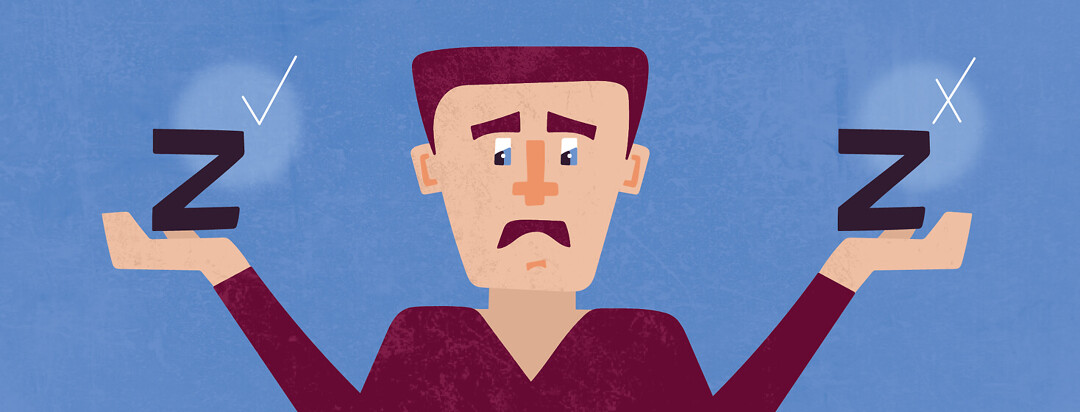Insomnia: The Most Common(ly Misunderstood) Sleep Disorder (Part 1)
Insomnia is the most common sleep disorder, affecting 10 to 15 percent of adults.1 Given that so many of us are struggling to fall and stay asleep, you would think that insomnia would be well understood. But the term “insomnia” is thrown around so often that it has lost some of its meaning.
Therefore, the first challenge seems to be defining exactly what insomnia disorder is, as well as what it is not. Having “symptoms of insomnia” is different from having “insomnia disorder.”
Everyone will struggle with getting good sleep now and again, especially during times of stress. In contrast, insomnia disorder is a chronic condition that continues even after stressful experiences have resolved.
Defining insomnia disorder
“Insomnia disorder” refers to a specific set of symptoms that are experienced over an extended amount of time. There are a number of diagnostic taxonomies, or medical guidelines, for diagnosing conditions, including insomnia disorder. I’ll paraphrase and summarize DSM-5 criteria here. Other taxonomies have very similar conceptualizations.
According to the DSM-5, insomnia disorder involves:2
- Being unsatisfied with quantity or quality of sleep
- Having difficulty falling asleep, staying asleep throughout the night, or waking up earlier than desired and being unable to go back to sleep
- Difficulty sleeping occurs at least 3 nights per week, for at least 3 months
- Sleeplessness causes problems in at least one important area of life, such as work, school, or social functioning
- The person has trouble sleeping even though they have enough opportunity for sleep
What is not insomnia?
Knowing what insomnia disorder IS also helps us to determine what insomnia disorder IS NOT.
- Bragging about how little sleep you need is not insomnia. If you are satisfied with how much sleep you need and/or you don’t have negative consequences due to the amount of sleep you get, you do not have insomnia.
- If you can’t get enough sleep because you are tending to a newborn baby, studying long hours for a test, or working double shifts, you do not have insomnia. You are more likely to have “insufficient sleep syndrome.” Insomnia refers to a lack of ability to sleep even when there is opportunity to sleep. Working long hours or attending to family obligations at night is more likely a problem with sleep opportunity vs. ability.
- If you can’t sleep because you’ve traveled across multiple time zones, you likely have jet lag, not insomnia. You can even have "social jet lag" from staying up too late on the weekends and then trying to resume a normal sleep schedule during your workweek.
- Having an occasional night of poor sleep due to a temporary stressor is normal. All of us have slept poorly because we’ve been worried or excited about something. If your sleep returns to normal after a few nights, you probably do not have insomnia.
What to do next
Having a shared understanding of what insomnia disorder is, is a good start. The next step is to agree on how to address it. Check out part 2 of this article!

Join the conversation